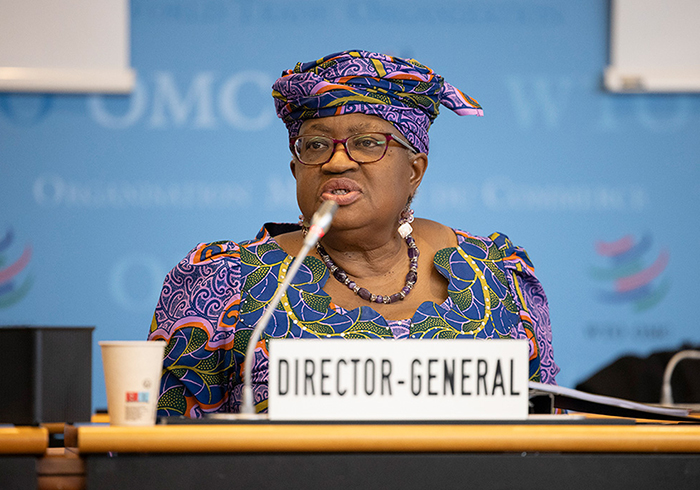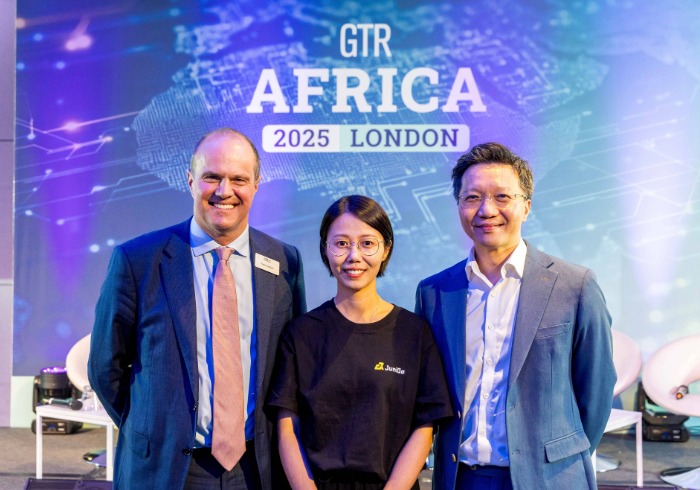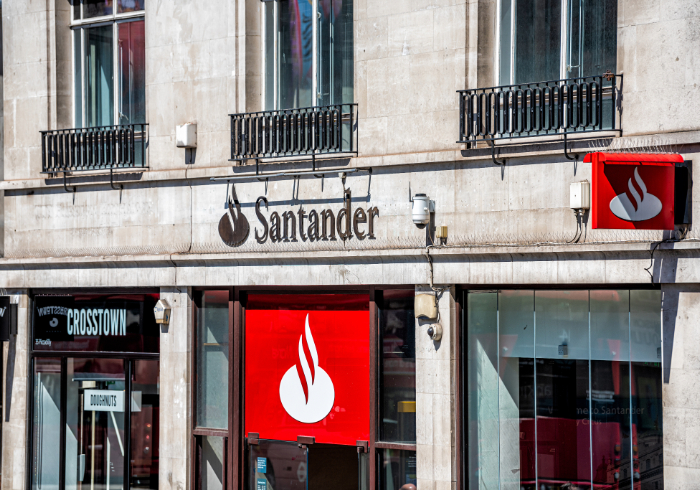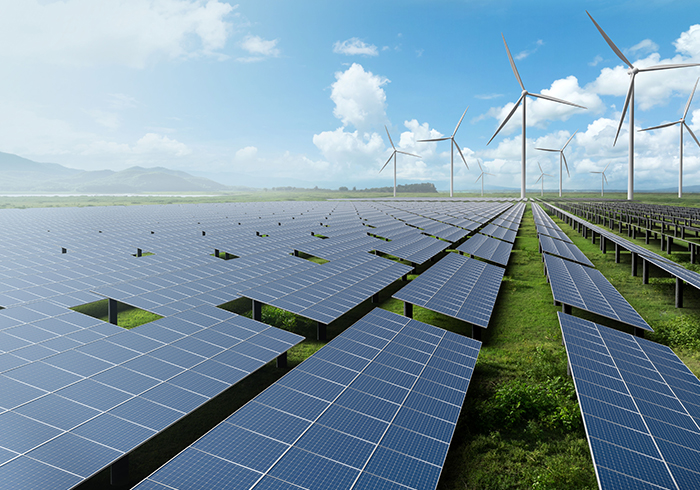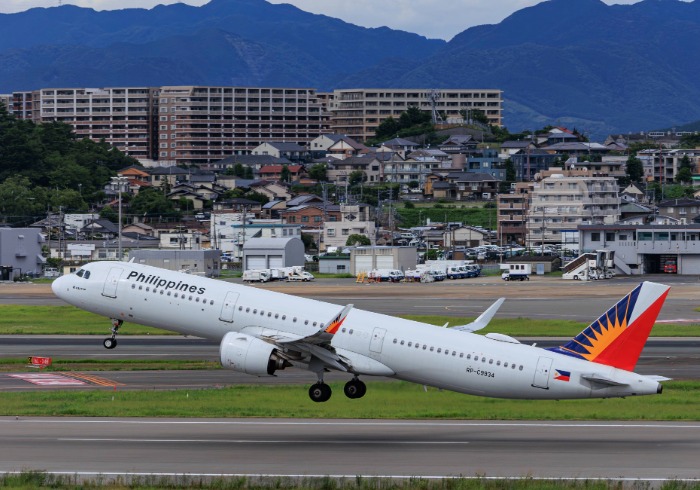- WTO says trade growth picture much rosier in 2025 than previously forecast
- Trade in AI-related goods now a “central driver” of trade expansion
The impact of US tariffs on global trade is now likely to be felt next year, the World Trade Organization (WTO) has said, after unveiling a more positive outlook for 2025.
Global goods trade has performed much better in the first half of 2025 than the WTO predicted earlier in the year, the organisation said on October 7, with volume growing at 4.9% year-on-year.
Volume is forecast to be 2.4% higher at year-end compared to 2024, a dramatic improvement from the 0.2% contraction the WTO predicted in April.
An earlier forecast of a 12.6% decline in goods exports from North America over the course of 2025 has been replaced with a projected fall of 3.1%. The WTO says a sharp drop in imports to North America it projected to hit this year will now materialise in 2026 instead.
A “measured response to tariff changes in general”, increased trade among emerging economies and the potential of AI “helped ease trade setbacks in 2025″, WTO director-general Ngozi Okonjo-Iweala says.
The improved outlook for global trade also reflects better-than-expected economic prospects and burgeoning Chinese exports, according to the WTO’s latest trade outlook update.
The WTO’s April predictions were made shortly after US President Donald Trump unveiled a plan to slap steep tariffs on key trading partners such as China, Japan, Vietnam and the EU.
But Trump has since cut deals with several trading blocs that didn’t launch reciprocal measures against the US, while negotiations with China are ongoing. Of Trump’s original plan, currently India is the only major economy to weather a significant escalation in tariffs on its exports to the US.
Despite a better-then-expected 2025, however, forecasts for 2026 have been downgraded. Goods trade volume growth – which the WTO defines as the average of exports and imports – is forecast to be just 0.5%, a major downgrade on the 1.8% uplift forecast by the WTO’s interim outlook in August.
“Prospects for the second half of 2025 and 2026 are less optimistic,” the WTO says in the latest update. “With higher tariffs now in place and trade policy still highly uncertain, frontloading of purchases is expected to unwind as accumulated inventories are drawn down and as GDP growth slows.”
“The tariff impact has shifted into 2026,” the organisation says in a statement accompanying the report, “with the slight improvement reflecting that some inventory build up in early 2025 – particularly of durable goods – will not be fully reversed in 2026”.
In addition to a trend of importers “front-loading” purchases to keep ahead of potential tariffs, trade figures for 2025 have also been boosted by surging spending on AI-related products, which “emerged as the central driver of world trade growth in the first half of 2025,” the report says.
Trade in AI-related goods, which include semiconductors, servers and telecommunications equipment, jumped by just over US$300bn in the first six months of 2025 compared to the same period last year – an increase of 20%.
The WTO says that even though AI products make up less than a tenth of global goods trade, the sector accounted for almost half of overall trade growth during the first half of this year.
Regionally, the highest goods trade growth in 2025 is slated to come from Asia and Africa, with both regions performing strongly in the first half of the year. Europe’s exports remained relatively flat, while the Commonwealth of Independent States was the only region to report a significant decline in exports.



